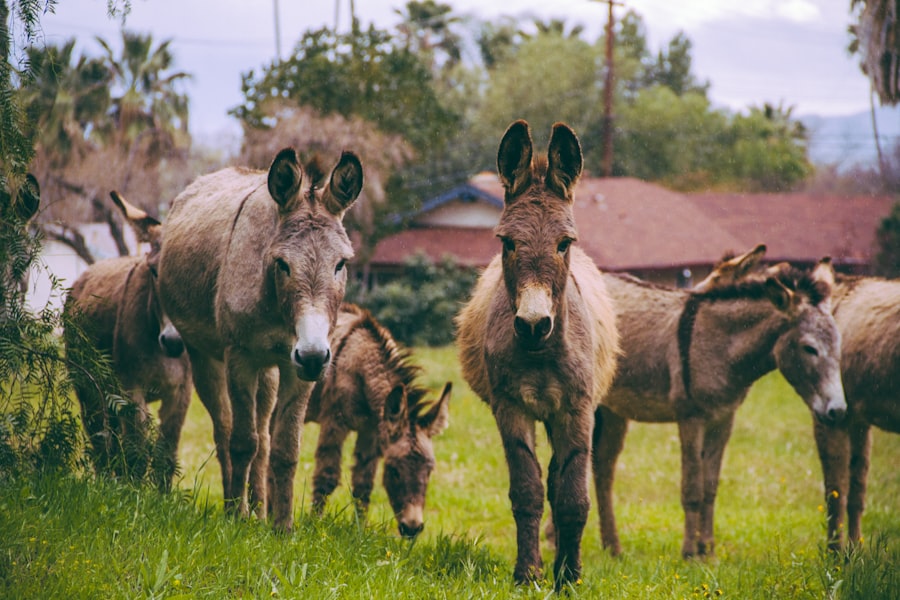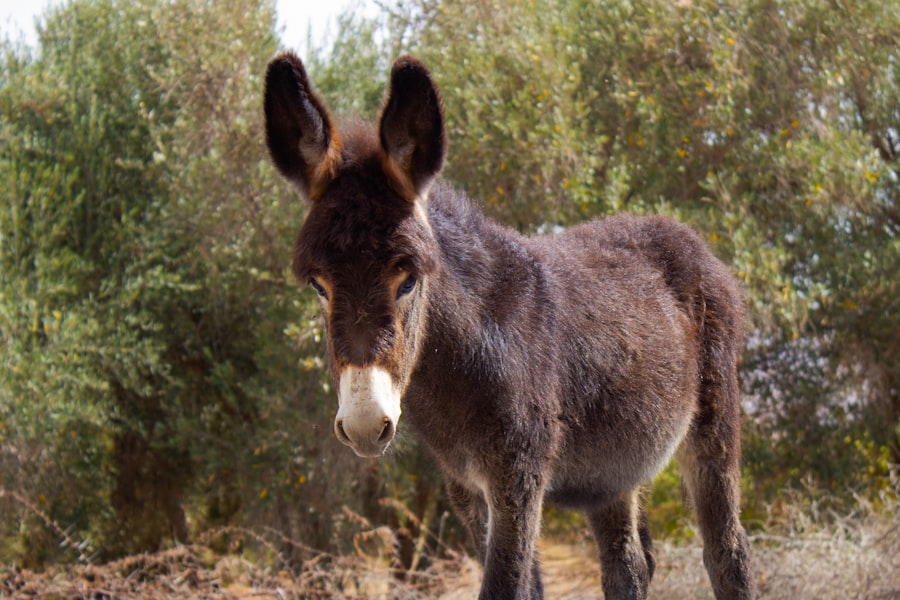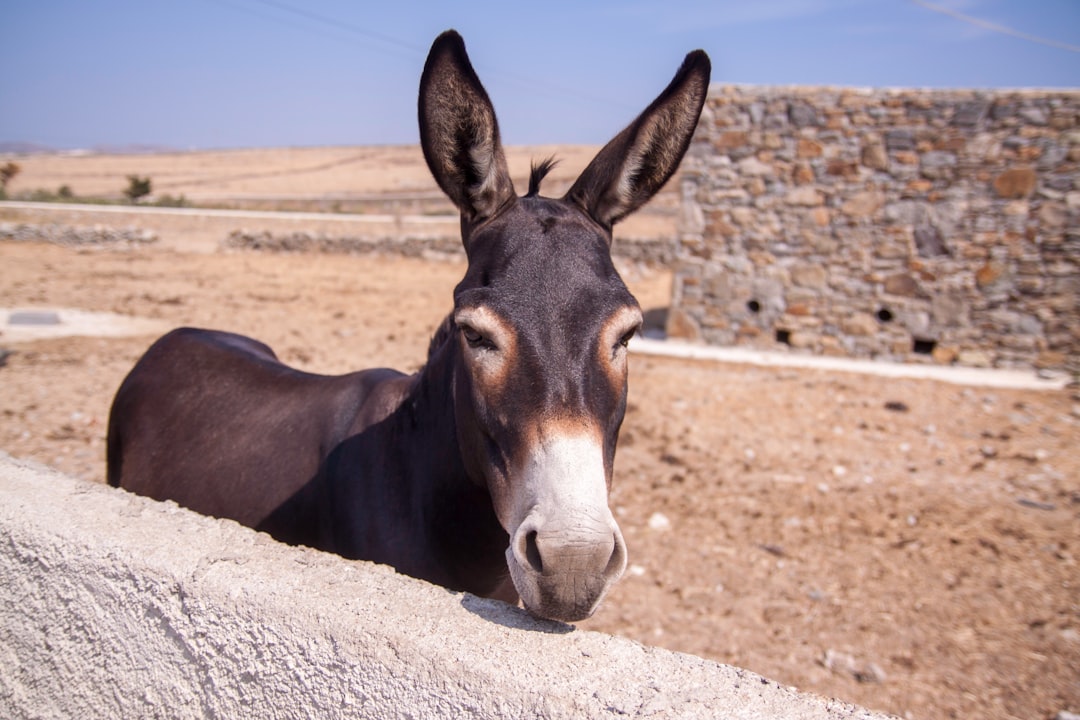Pinocchio, the beloved wooden puppet created by Carlo Collodi, has captivated audiences for generations with his adventures and moral lessons. Among the many elements that contribute to the story’s depth, the motif of donkey ears stands out as a powerful symbol of transformation and consequence. These ears, which Pinocchio acquires during his journey, serve as a physical manifestation of his choices and the repercussions that follow.
The tale of Pinocchio is not merely a whimsical story for children; it is a rich narrative that delves into themes of identity, morality, and the human experience. The donkey ears represent a pivotal moment in Pinocchio’s journey, marking a significant turning point that reflects his struggles and growth. The presence of donkey ears in Pinocchio’s story invites readers to explore deeper meanings and interpretations.
As Pinocchio navigates the challenges of becoming a real boy, the donkey ears symbolize the dangers of succumbing to temptation and the importance of making wise choices. This article will delve into the origins, symbolism, psychological interpretations, and cultural significance of Pinocchio’s donkey ears, ultimately revealing their lasting impact on both the character and the story itself.
Key Takeaways
- The origins of Pinocchio and the donkey ears date back to the 19th century Italian children’s novel “The Adventures of Pinocchio” by Carlo Collodi.
- Donkey ears in Pinocchio symbolize foolishness, disobedience, and the consequences of bad behavior.
- Pinocchio’s transformation into a donkey serves as a cautionary tale about the dangers of indulgence and the importance of self-control.
- The donkey ears in Pinocchio have been interpreted psychologically as representing the struggle between the instinctual and rational aspects of human nature.
- The influence of Pinocchio’s donkey ears can be seen in various forms of popular culture, from literature to film, showcasing the enduring legacy of this iconic character trait.
The Origins of Pinocchio and the Donkey Ears
The tale of Pinocchio first emerged in 1881 when Carlo Collodi published “The Adventures of Pinocchio.” Initially serialized in an Italian children’s magazine, the story quickly gained popularity due to its engaging narrative and moral undertones. The character of Pinocchio, a wooden puppet brought to life by a kind-hearted carpenter named Geppetto, embodies the struggles of childhood and the quest for identity. As he embarks on various adventures, he encounters numerous characters and situations that challenge his understanding of right and wrong.
The introduction of donkey ears occurs during one of Pinocchio’s most significant misadventures. After being lured by the promise of fun and freedom in the Land of Toys, he succumbs to temptation and neglects his responsibilities. It is here that he undergoes a transformation into a donkey, complete with large ears that signify his folly.
This metamorphosis serves as a cautionary tale about the consequences of indulgence and irresponsibility. The origins of Pinocchio’s donkey ears are deeply intertwined with the narrative’s central themes, illustrating how choices can lead to unforeseen consequences.
Symbolism of Donkey Ears in Pinocchio

The symbolism of donkey ears in Pinocchio extends far beyond their physical appearance; they represent a loss of humanity and a descent into foolishness. In many cultures, donkeys are often associated with stubbornness and ignorance. By acquiring donkey ears, Pinocchio embodies these traits, reflecting his failure to heed warnings and make wise decisions.
The ears serve as a constant reminder of his mistakes, illustrating how one’s choices can lead to a loss of dignity and self-respect. Moreover, donkey ears symbolize the struggle between innocence and experience. As Pinocchio transitions from a naive puppet to a more complex character, the ears highlight his journey through temptation and moral ambiguity.
They serve as a visual representation of his internal conflict, showcasing the tension between his desires for freedom and the responsibilities that come with growing up. This duality adds depth to Pinocchio’s character, making him relatable to readers who have faced similar challenges in their own lives.
The Transformation of Pinocchio into a Donkey
| Transformation Stage | Details |
|---|---|
| Initial Transformation | Pinocchio is lured to Pleasure Island and begins to transform into a donkey after misbehaving |
| Physical Changes | Pinocchio’s ears grow larger, his hands turn into hooves, and he gains a tail |
| Behavioral Changes | Pinocchio starts braying like a donkey and loses his ability to speak |
| Reversal of Transformation | Pinocchio is eventually saved by the Blue Fairy and transformed back into a puppet |
Pinocchio’s transformation into a donkey is one of the most striking moments in Collodi’s narrative. This metamorphosis occurs after he chooses to abandon his responsibilities in favor of immediate gratification in the Land of Toys. As he indulges in carefree play, he becomes increasingly disconnected from his true self and the values instilled in him by Geppetto.
The transformation serves as a powerful allegory for the dangers of hedonism and the loss of one’s moral compass. The physical change into a donkey is not merely superficial; it signifies a profound shift in Pinocchio’s identity. Once a lively puppet with dreams of becoming a real boy, he now embodies the characteristics associated with donkeys—stubbornness, foolishness, and a lack of agency.
This transformation serves as a wake-up call for both Pinocchio and readers alike, emphasizing that choices have consequences that can alter one’s path irrevocably. The moment he acquires donkey ears marks a critical juncture in his journey toward self-discovery and redemption.
Psychological Interpretations of Pinocchio’s Donkey Ears
From a psychological perspective, Pinocchio’s donkey ears can be interpreted as manifestations of guilt and shame stemming from his poor choices. The ears serve as an external representation of his internal struggles, highlighting how feelings of inadequacy can shape one’s identity. As he grapples with the consequences of his actions, the donkey ears become a source of torment, reminding him of his failures and lost opportunities.
Additionally, the transformation into a donkey can be viewed through the lens of developmental psychology. Pinocchio’s journey reflects the challenges faced by children as they navigate the complexities of growing up. The acquisition of donkey ears symbolizes the pitfalls that can arise when one succumbs to peer pressure or neglects personal responsibility.
This psychological interpretation underscores the importance of self-awareness and accountability in personal growth, resonating with readers who have experienced similar dilemmas during their formative years.
Cultural and Historical Significance of Donkeys in Pinocchio

Donkeys have long held cultural significance across various societies, often symbolizing hard work, humility, and perseverance. In many folktales and fables, donkeys are portrayed as wise creatures that embody resilience despite their often underestimated nature. In “The Adventures of Pinocchio,” Collodi’s use of donkey ears taps into this rich cultural symbolism while also subverting it to convey deeper moral lessons.
Historically, donkeys have been associated with laborers and those who toil for their livelihoods. By transforming into a donkey, Pinocchio not only loses his humanity but also becomes emblematic of those who are trapped in cycles of labor without purpose or fulfillment. This cultural context adds layers to the narrative, inviting readers to reflect on societal values surrounding work, responsibility, and personal agency.
The juxtaposition between Pinocchio’s aspirations for freedom and his eventual fate as a donkey serves as a poignant commentary on the human condition.
Analyzing the Moral Lessons of Pinocchio’s Donkey Ears
The moral lessons embedded within Pinocchio’s donkey ears are multifaceted and resonate with audiences across generations. At its core, the story serves as a cautionary tale about the dangers of indulgence and irresponsibility. The transformation into a donkey illustrates how succumbing to temptation can lead to dire consequences, stripping individuals of their agency and dignity.
Furthermore, Pinocchio’s journey emphasizes the importance of personal growth through adversity. The donkey ears symbolize not only his failures but also the potential for redemption through self-reflection and accountability.
Ultimately, Collodi’s narrative encourages individuals to embrace responsibility while navigating the complexities of their own journeys toward maturity.
The Influence of Pinocchio’s Donkey Ears in Popular Culture
Pinocchio’s donkey ears have left an indelible mark on popular culture, influencing various adaptations and interpretations over time. From animated films to stage productions, the imagery associated with donkey ears has become synonymous with themes of transformation and consequence. These adaptations often emphasize the moral lessons inherent in Collodi’s original tale while also exploring new dimensions within the narrative.
In contemporary media, references to Pinocchio’s donkey ears can be found in various forms—ranging from parodies to serious adaptations that delve into deeper psychological themes. The enduring appeal of this motif speaks to its universal relevance; audiences continue to resonate with stories that explore the complexities of choice, identity, and personal growth. As such, Pinocchio’s donkey ears remain a powerful symbol within popular culture, serving as a reminder of the timeless nature of Collodi’s message.
Unraveling the Literary and Artistic Depictions of Pinocchio’s Donkey Ears
Literary and artistic depictions of Pinocchio’s donkey ears have evolved over time, reflecting changing societal values and artistic interpretations. In early illustrations accompanying Collodi’s text, donkey ears were often depicted humorously, emphasizing their absurdity while simultaneously conveying deeper moral implications. Artists have since reimagined this imagery through various styles—ranging from whimsical cartoons to more somber interpretations that highlight the gravity of Pinocchio’s transformation.
These artistic representations invite viewers to engage with the narrative on multiple levels. They encourage reflection on themes such as innocence lost, personal responsibility, and the consequences of one’s actions. As artists continue to reinterpret this iconic symbol within different cultural contexts, they contribute to an ongoing dialogue about identity and morality that resonates with audiences across generations.
Exploring the Role of Donkey Ears in Pinocchio’s Character Development
The evolution of Pinocchio’s character is intricately linked to his acquisition of donkey ears. Initially portrayed as an innocent yet naive puppet yearning for acceptance and love, his transformation into a donkey marks a significant turning point in his development. The ears serve as both a physical manifestation of his folly and a catalyst for introspection as he grapples with his identity.
As he navigates life with donkey ears, Pinocchio confronts harsh realities about himself and his choices. This period serves as an opportunity for growth; through adversity, he learns valuable lessons about responsibility, empathy, and self-awareness. Ultimately, the journey from puppet to boy is not merely about achieving physical transformation but also about embracing one’s humanity—an evolution that is poignantly illustrated through the symbolism of donkey ears.
The Legacy of Pinocchio’s Donkey Ears
The legacy of Pinocchio’s donkey ears endures as a powerful symbol within literature and popular culture alike. They encapsulate essential themes surrounding choice, consequence, and personal growth while inviting readers to reflect on their own journeys toward maturity. Through Collodi’s masterful storytelling, these seemingly whimsical details take on profound significance—serving as reminders that every choice carries weight and that true transformation often arises from confronting one’s mistakes.
As audiences continue to engage with Pinocchio’s story across various mediums, they are reminded not only of the dangers associated with temptation but also of the potential for redemption through self-discovery. The enduring appeal of this narrative lies in its ability to resonate with individuals at different stages in life—encouraging them to embrace responsibility while navigating their own paths toward authenticity. In this way, Pinocchio’s donkey ears remain an integral part of his legacy—a testament to the timeless nature of Collodi’s message about humanity’s struggles and triumphs.
In the classic tale of Pinocchio, the transformation of the wooden boy into a donkey serves as a cautionary metaphor for the consequences of misbehavior and dishonesty. For a deeper understanding of the themes and symbolism present in this story, you can explore the article on the significance of animal transformations in folklore. Check it out here: Animal Transformations in Folklore.
WATCH THIS! The Pinocchio Story Disney Doesn’t Want You To Know (It’s Brutal)
FAQs
What are Pinocchio’s donkey ears?
Pinocchio’s donkey ears are a key plot point in the classic children’s story “Pinocchio” by Carlo Collodi. In the story, Pinocchio’s ears grow into donkey ears as a consequence of his mischievous and disobedient behavior.
Why do Pinocchio’s ears turn into donkey ears?
In the story, Pinocchio’s ears turn into donkey ears as a result of his involvement in a series of misadventures and his failure to heed the advice of his conscience, Jiminy Cricket. This transformation serves as a moral lesson about the consequences of dishonesty and disobedience.
What is the significance of Pinocchio’s donkey ears?
The transformation of Pinocchio’s ears into donkey ears serves as a cautionary tale about the importance of honesty, obedience, and the consequences of one’s actions. It highlights the theme of personal responsibility and the impact of one’s choices on their own fate.
How does Pinocchio’s donkey ears contribute to the overall message of the story?
The transformation of Pinocchio’s ears into donkey ears serves as a visual representation of the character’s moral and ethical failings. It underscores the importance of integrity, truthfulness, and the pursuit of virtuous behavior. The donkey ears ultimately contribute to the story’s overarching message about the value of honesty and the perils of deceit.
